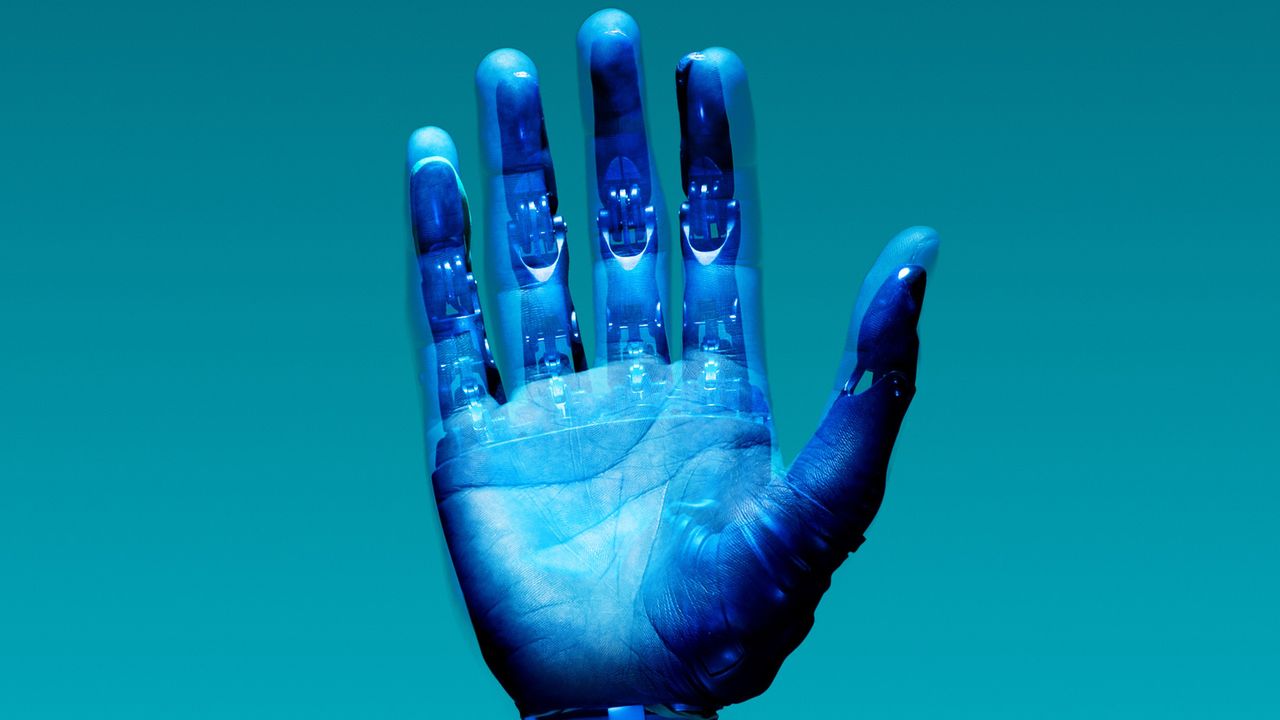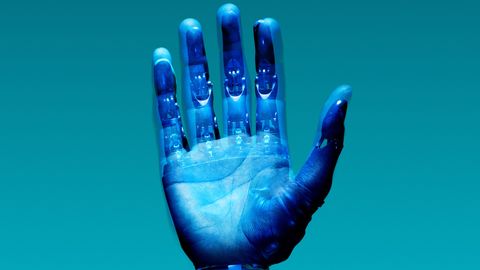
Decoded Brain Signals Allow Users To Control a Robotic Arm With Their Thoughts

Decoded Brain Signals Allow Users To Control a Robotic Arm With Their Thoughts
填写下面的表格,我们将向您发送PDF版本的电子邮件“解码的大脑信号使用户可以用自己的思想控制机器人手臂”
Researchers have developed a mind-reading system for decoding neural signals from the brain during arm movement. The method, described in the journal Applied Soft Computing, can be used by a person to control a robotic arm through a brain-machine interface (BMI).
A BMI is a device that translates nerve signals into commands to control a machine, such as a computer or a robotic limb. There are two main techniques for monitoring neural signals in BMIs: electroencephalography (EEG) and electrocorticography (ECoG).
The EEG exhibits signals from electrodes on the surface of the scalp and is widely employed because it is non-invasive, relatively cheap, safe and easy to use. However, the EEG has low spatial resolution and detects irrelevant neural signals, which makes it difficult to interpret the intentions of individuals from the EEG.
另一方面,ECOG是一种侵入性方法,涉及将电极直接放在头皮下方的大脑皮层表面上。与脑电图相比,ECOG可以监测具有更高空间分辨率和较少背景噪声的神经信号。但是,该技术有几个缺点。
“ ECOG主要用于查找癫痫发作的潜在来源,这意味着电极放置在不同患者的不同位置,可能不在大脑的最佳区域,以检测感觉和运动信号。”Kaist的脑科学家。“这种不一致使得很难解码大脑信号以预测运动。”
为了克服这些问题,郑教授的团队开发了一种新方法来解码手臂运动过程中的ECOG神经信号。该系统基于一个机器学习系统,用于分析和预测称为“回声状态网络”的神经信号和称为高斯分布的数学概率模型。
In the study, the researchers recorded ECoG signals from four individuals with epilepsy while they were performing a reach-and-grasp task. Because the ECoG electrodes were placed according to the potential sources of each patient’s epileptic seizures, only 22% to 44% of the electrodes were located in the regions of the brain responsible for controlling movement.
During the movement task, the participants were given visual cues, either by placing a real tennis ball in front of them, or via a virtual reality headset showing a clip of a human arm reaching forward in first-person view. They were asked to reach forward, grasp an object, then return their hand and release the object, while wearing motion sensors on their wrists and fingers. In a second task, they were instructed to imagine reaching forward without moving their arms.
研究人员在真实和虚构的手臂运动过程中监视了来自ECOG电极的信号,并测试了新系统是否可以预测该运动与神经信号的方向。他们发现,在实际和虚拟任务中,新颖的解码器在三维空间的24个方向上成功地将ARM运动分类为24个方向,并且结果的准确性至少是偶然性的五倍。他们还使用计算机模拟表明新型ECOG解码器可以控制机器人臂的运动。
总体而言,结果表明,新的基于机器学习的BCI系统成功地使用了ECOG信号来解释预期运动的方向。下一步将是提高解码器的准确性和效率。将来,它可以在实时BMI设备中用于帮助运动或感觉障碍的人。
Reference: Kim HH, Jeong J. An electrocorticographic decoder for arm movement for brain–machine interface using an echo state network and Gaussian readout.应用软计算. 2022;117:108393. doi:10.1016/j.asoc.2021.108393
This article has been republished from the following材料. Note: material may have been edited for length and content. For further information, please contact the cited source.




